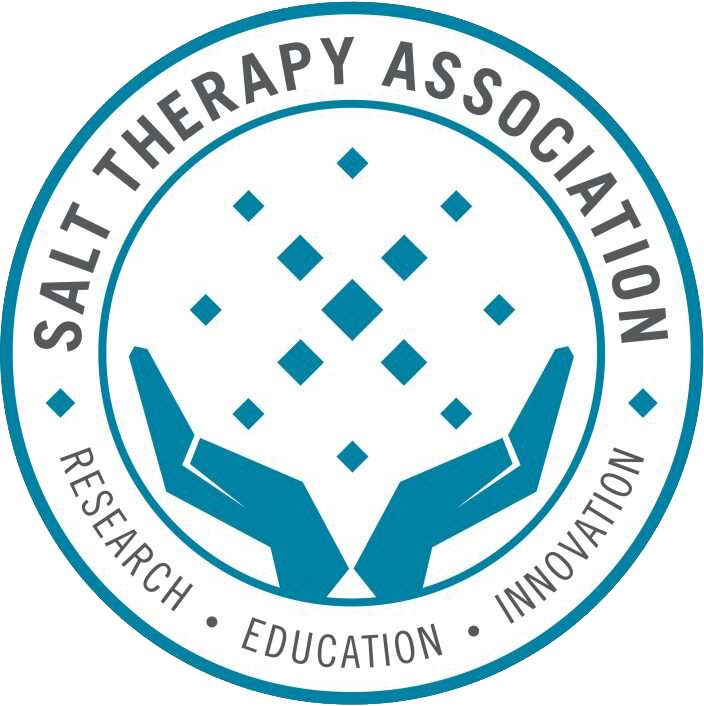History of Halotherapy
Salt therapy, also known as halotherapy, has a history that spans ancient civilizations to modern times. The use of salt for therapeutic purposes can be traced back to ancient Greek and Roman cultures, where saltwater baths and salt caves were believed to have healing properties. However, it was in the 19th century that salt therapy gained significant attention and development.
The roots of modern salt therapy can be attributed to the discovery of its benefits in Polish salt mines. Workers in the Wieliczka and Bochnia salt mines in Poland were noted to have remarkably good respiratory health compared to others. This observation prompted further investigation into the potential therapeutic effects of salt inhalation.
In 1843, a Polish physician named Feliks Boczkowski conducted studies on salt miners and observed their improved respiratory health. This led to the proposal and construction of the first speleotherapy chamber, also known as a salt cave, in the Wieliczka salt mine in 1853. People with respiratory ailments could breathe salt-infused air in these chambers and benefit from potential health benefits.
Advancements in salt therapy continued throughout the 20th century with the development of salt inhalers. These devices simulated the conditions of natural salt caves and allow individuals to inhale microscopic salt particles, promoting respiratory well-being.
In recent decades, purpose-built salt rooms or salt therapy centers have become popular. These rooms feature salt-covered walls, floors, and ceilings, and employ dry salt aerosol generators to disperse pharmaceutical-grade salt particles into the air. This creates an environment akin to natural salt caves and provides potential therapeutic benefits.
Salt therapy is often sought after by individuals seeking relief from respiratory conditions like asthma, allergies, bronchitis, and cystic fibrosis, as well as certain skin conditions such as eczema and psoriasis. However, it is important to note that scientific evidence supporting the effectiveness of salt therapy is limited. Salt therapy should not be considered a substitute for medical treatment and should be used under the guidance of healthcare professionals.


